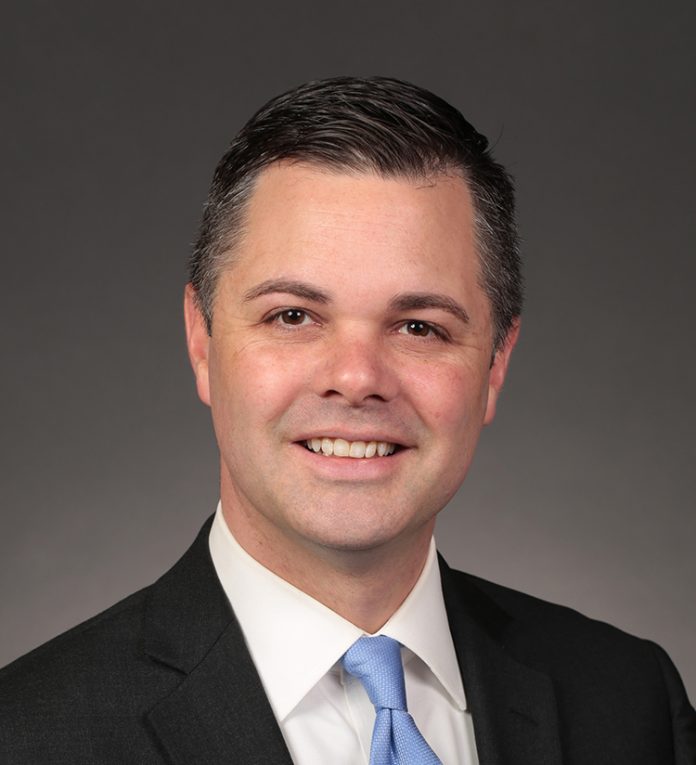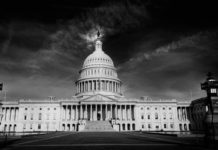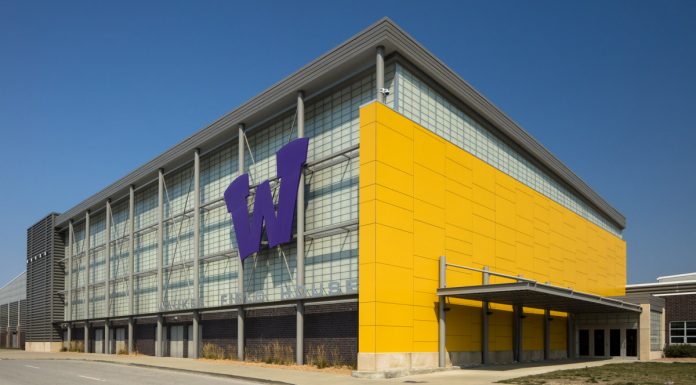In the last two months, Iowa’s economy has taken a beating. The devastation of COVID-19 in our communities is taking a toll on our lives and our livelihood. The Governor and public health officials took smart steps to implement the “Test Iowa Initiative” to expand public-private testing sites across Iowa. This decisive action is our best step to provide wide-scale health assistance to patients, and resources to communities in need.
But before fearmongering and shifting goal posts with political overtones takes hold – we must set out a clear roadmap for Iowa’s recovery. Just like the high risk health population, there is a high risk economic population among Iowa’s middle and working class families. This epidemic risks wrecking their lives. They make-up the bulk of the critical workforce and do not have the option to work remote.
Thus, restarting Iowa’s economy requires planning today, and an “all hands on deck” approach so that we can re-open effectively when the time is right.
A Graduated Restart Strategy. COVID-19’s cratering of America’s economy marks a bigger downturn than the 2008 financial crisis. This has an impact on every Iowan’s future. Governments must find an appropriate middle ground between a long, broad lockdown that damages the economy and a reopening too soon, risking public health and potentially subsequent lockdowns.
Iowa can provide a “roadmap to recovery” now, with clear on-ramps for when and how to reopen our state, with safeguards for health care and public preparedness. The public should not expect governments to predict exactly how this pandemic will play out, but Iowans should expect a plan that anticipates likely scenarios and helps our communities on a successful path.
A “graduated restart strategy” should be driven by state, local, community, faith and industry leaders to outline when businesses and social enterprises can reopen, and how to manage public health. Under this graduated model, government can lift restrictions in a deliberate, phased, and transparent manner based on the progression of the disease, the readiness of the public health system, and the preparedness of the public.
The Right Time to Reopen. Public and private leaders that develop and implement plans now, will be much more successful in navigating chaos in the days ahead. As our local businesses and communities have made clear, “we cannot simply flip a switch and start back-up.” Mobilizing the workforce, cleaning business areas, restocking supplies, implementing safety checks – all of this requires time and money. Therefore, Iowa must have a clear path towards a deliberate restart.
Step 1. When to reopen business and other social institutions is the critical first step to protecting health and our communities. In my work with medical experts and public officials across Iowa, identifying the key factors at the start, such as health care requirements and public readiness, will best inform the right time to open our communities.
This includes data-driven intelligence that monitors the disease spread, ensures the ability of healthcare facilities to provide assistance, and effective virus testing and trend assessments with clear thresholds for when to reopen.
Step 2. How to reopen must be based on a consistent state-wide framework with effective local control over implementation. In “Zoom” calls with Chambers of Commerce and sole proprietors, many are already planning safeguards. Simple actions, like scheduling a haircut with a local barber, or small businesses practicing CDC-guidance of social distancing and fewer than ten employees and in-store customers have a clear pathway to re-open. These plans provide services to the community that protect public health and reinvests money back in the local economy.
Government must be a partner in implementing a phased reopen plan by providing best health behaviors. For example, people-related restrictions (such as movement, distancing, gathering sizes, and protective wear), place-related restrictions (such as temperature checks at entry points, maximum capacity, and hygiene and cleaning standards), and minimum testing with virus tracking standards.
How to reopen guidelines should be applied and implemented wherever possible by local governments. Localization is important because it recognizes Iowa’s diversity across counties and cities in different regions. For example, reopening a shopping mall in a densely populated urban area requires different precautions than reopening a store in a small rural town.
Importantly, reopening social institutions is critical. Churches, faith-based groups, and recreational sites with robust plans for mitigating the spread of the virus deserve a pathway to help Iowa recover. Spiritual, mental, physical and communal health are vital elements to our communities.
At the same time, industry leaders with specialized knowledge – particularly in manufacturing and agriculture – can leverage the guidelines to create playbooks on how to operate in areas that are at different readiness levels. This approach ensures that major employers, trade associations, farms, unions, and other key players are actively engaged in and supportive of the reopening process.
Step 3. The third is executing with transparency and the ability to adjust. Managing the uncertainty surrounding the reopening of social and economic life is important to build public trust and capture feedback to ensure the strategy can flex to address new information and conditions.
Giving some communities, businesses, and social institutions the green light to reopen, on the basis of relatively strong health and public readiness, is an opportunity to lift restrictive measures in a way that best balances health risks and socioeconomic concerns.
If a community sees a recurrence of the disease, this graduated approach will make it easier to provide swift and measured decisions to implement safeguard at a local level.
Iowa Department of Public Health has adopted a live dashboard to provide data and updates on the health crisis with the public. The transparency of this information provides a foundation for reopening, providing the readiness status of a given area and what needs to happen for the status to change.
Planning Now Means Success Tomorrow. It is easy for some to call for an “indefinite shut-down” while drawing a salary, ordering take-away, or teleworking from home. It is much more difficult for Iowans facing foreclosure, loss of their small business, or the communities that emerge from COVID-19 without a main street. We owe it to everyone to be proactive in designing a smart recovery strategy.
Planning to reopen Iowa cannot happen months from now. We are in this together. We must have a plan now that anticipates likely scenarios to protect both lives and our livelihood, and the willingness to listen, learn, and adapt.
In service,
Zach Nunn












